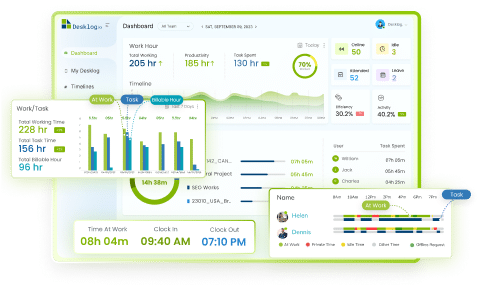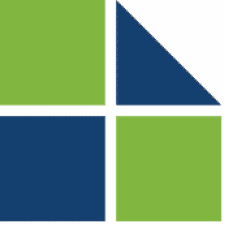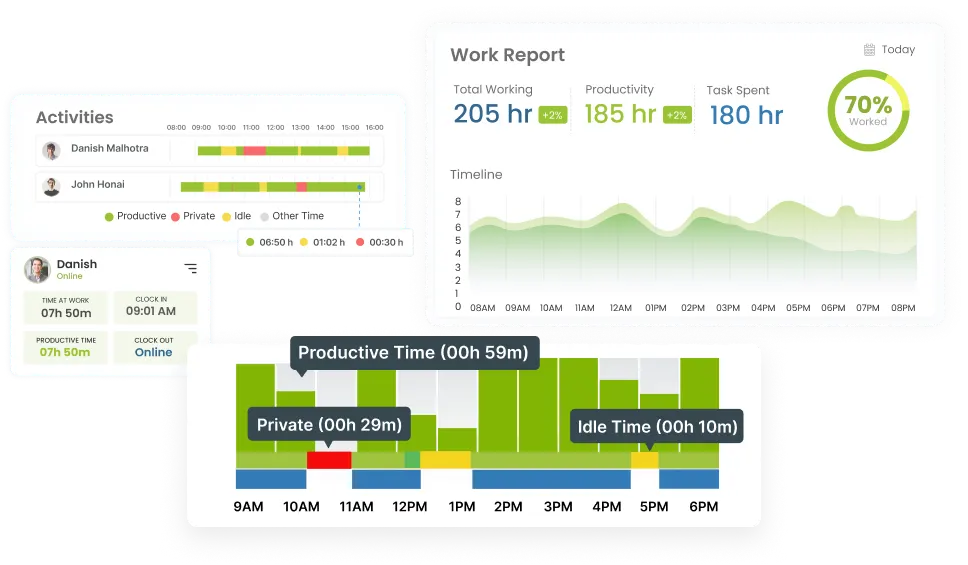You’re deep in the zone, tackling your to-do list like a productivity powerhouse, when suddenly, your phone lights up with a notification. It’s just a harmless glance, right? Wrong. That split-second distraction destroys your focus, derailing your productivity train. Before you know it, hours have passed, and you’re nowhere near done.
From buzzing smartphones to chatty colleagues, distractions at work sneak up when you least expect them.
So, what’s the big deal? Well, aside from turning your brain into chaos, workplace distractions can have a serious impact on your productivity. They steal precious minutes and hours from your workday and leave you scrambling to catch up.
But fear not! I’m here to help! Managing distractions and boosting employee productivity in the workplace is crucial for maintaining optimal productivity. In the upcoming generations, the future of employee productivity will determine a company’s success. Throughout this blog,I’ll introduce you to the major work distractions and how you can avoid them.
What is workplace distraction ?
A workplace distraction is an interruption or disturbance that diverts an individual’s attention away from their tasks or responsibilities while at work. The most significant workplace distractions comprise loud surroundings, interruptions from colleagues, using social media, receiving email notifications, and engaging in personal conversations.
10 Common Workplace Distractions and Their Fixes
With constant connectivity, overflowing inboxes, and the call of social media, it’s no wonder many of us struggle to maintain our productivity levels. Let us have a look at the top workplace distractions and explore effective strategies to overcome them.

Hyper connectivity
Hyperconnectivity refers to the state of being constantly connected to technology, such
as
smartphones and computers, which allows for instant communication and access to
information.
While this can be beneficial for staying in touch and getting things done quickly, it
also
means that we are always reachable and bombarded with notifications, emails, and
messages.
To combat the distraction of hyperconnectivity, it’s essential to establish boundaries
and
create designated periods of uninterrupted work time. This means turning off
non-essential
notifications and setting specific times to check emails and messages. By doing so, you
can
focus on your tasks without constantly being pulled away by the constant stream of
digital
interruptions.

Unproductive Meetings
Meetings are often criticized for consuming valuable time without yielding significant
results.
To address this issue and make meetings more effective, it’s essential to take a
structured
approach.
Firstly, having a clear agenda is crucial. This means outlining the topics or goals that
will be
discussed during the meeting. A well-defined agenda helps participants understand the
purpose of
the meeting and ensures that the discussion stays focused and on track.
Secondly, limiting attendance to necessary participants is key. Too many attendees can
lead
to
confusion. By inviting only those individuals who have a direct stake in the topics
being
discussed, you can streamline the conversation and increase productivity.
Thirdly, establishing time limits for each topic is essential to prevent discussions
from
dragging on indefinitely. Setting specific time allocations for each agenda item
encourages
brevity and ensures that the meeting stays within the allotted time frame.
Finally, exploring alternative communication methods can also enhance meeting
efficiency.
For
example, communication such as email or project management tools, allows participants to
review
information and provide input at their own pace, reducing the need for lengthy meetings.
Additionally, brief stand-up meetings or quick updates can serve as effective
alternatives
for
sharing information without the need for a full-scale meeting.
By implementing these strategies, organizations can transform unproductive meetings into
valuable opportunities for collaboration, decision-making, and action.
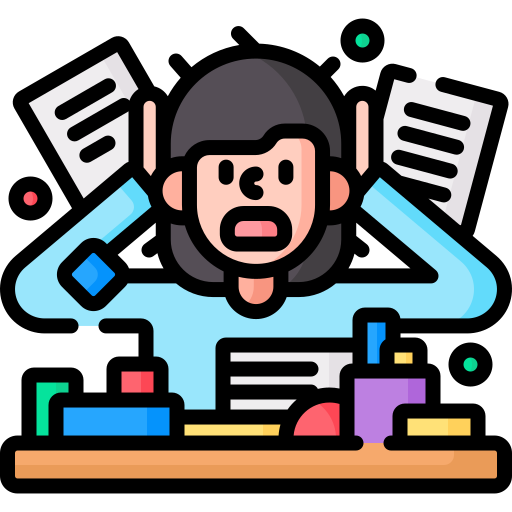
Cluttered Workplace
A cluttered workplace can be a significant problem as it can lead to disorganization,
difficulty
in finding necessary items, and increased stress levels. Additionally, a cluttered
environment
can hinder creativity and productivity by creating distractions and obstacles to
effective
workflow.
To fix this issue, individuals can start by decluttering their workspace regularly,
removing
unnecessary items, and implementing storage solutions to keep essential items organized
and
easily accessible. Employers can also provide support by encouraging employees to
maintain a
tidy workspace and implementing policies to promote cleanliness and organization in the
office
environment.

Emails
Email overload is a common problem in the modern workplace, causing distractions,
overwhelm,
and
inefficiency. Constantly checking and responding to emails can disrupt workflow and
prevent
individuals from focusing on critical tasks.
To address this issue, individuals can adopt strategies such as setting specific times
to
check
and respond to emails, unsubscribing from unnecessary mailing lists, and utilizing email
filters
and folders to prioritize important messages. Employers can also encourage effective
email
management practices by providing training and resources to help employees manage their
inboxes
more efficiently and promoting alternative communication methods for non-urgent matters.

Too Much Time in the Office
Spending too much time in the office can have negative consequences on employee
well-being,
leading to burnout, fatigue, and decreased productivity. Working long hours without
sufficient
breaks or time for rest can result in diminished job satisfaction and overall job
performance.
To address this issue, individuals can prioritize work-life balance by setting
boundaries
around
work hours, taking regular breaks throughout the day, and utilizing vacation days to
recharge
and rejuvenate. Employers can also promote a healthy work-life balance by encouraging
employees
to take breaks, offering flexible work arrangements, and fostering a culture that values
employee well-being and work-life harmony.

Social Media
Social media can be a major distraction in the workplace, leading to decreased
productivity
and
concentration. Excessive use of social media platforms can consume valuable time and
attention,
diverting individuals from their work responsibilities.
To combat this issue, individuals can establish boundaries by limiting social media use
during
work hours, scheduling designated breaks for checking social media, and using website
blockers
or productivity apps like a time tracking software to minimize distractions.These
productivity
apps have the feature of app and url tracking which restricts the usage of social media
during
work hours. This feature proves beneficial for employees grappling with social media
distractions.
Employers can also implement policies restricting social media access during work hours
and
provide support for employees struggling with excessive social media use through
education
and
awareness initiatives.

Insecure Communication Apps
Using insecure communication apps can pose significant risks to sensitive information
and
compromise data security. Insecure messaging platforms can leave confidential
information
vulnerable to unauthorized access, hacking, and data breaches, jeopardizing the
integrity
and confidentiality of organizational communications.
To mitigate this risk, individuals can use secure communication apps with encryption and
authentication features to safeguard sensitive information. Employers can also implement
policies requiring the use of approved communication tools that meet security standards
and
provide training on best practices for secure communication to minimize the likelihood
of
data security incidents.
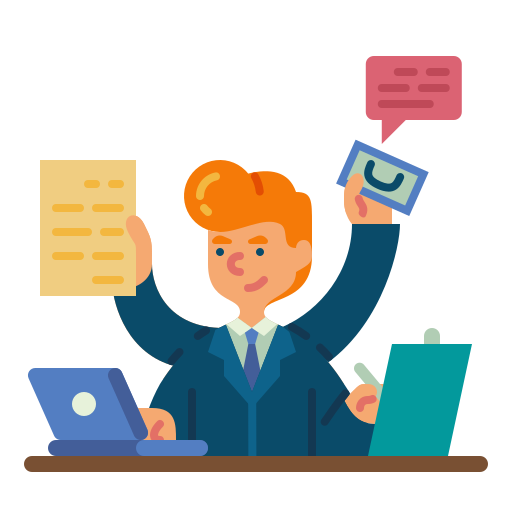
Multitasking
Multitasking is often perceived as a productivity booster, but in reality, it can lead
to
decreased efficiency, impaired performance, and increased stress levels. Juggling
multiple
tasks simultaneously can result in reduced focus, heightened distraction, and difficulty
in
maintaining quality and accuracy.
To address this issue, individuals can prioritize tasks, focus on completing one task at
a
time, and minimize distractions to enhance concentration and productivity. Employers can
also promote a culture that values focused work and encourages employees to avoid
multitasking by providing training on time management techniques and setting realistic
expectations for workload management.

Poor Motivation
Poor motivation can arise from various factors, including unclear goals, lack of
recognition, and disengagement from work. Low motivation levels can result in decreased
productivity and poor performance.
To improve motivation, individuals can set clear goals, seek opportunities for growth
and
development, and cultivate a positive mindset through self-reflection and self-care
practices. Employers can also foster a motivating work environment by providing
meaningful
recognition and rewards, offering opportunities for advancement and skill development,
and
promoting open communication and employee feedback to address concerns and enhance
engagement.
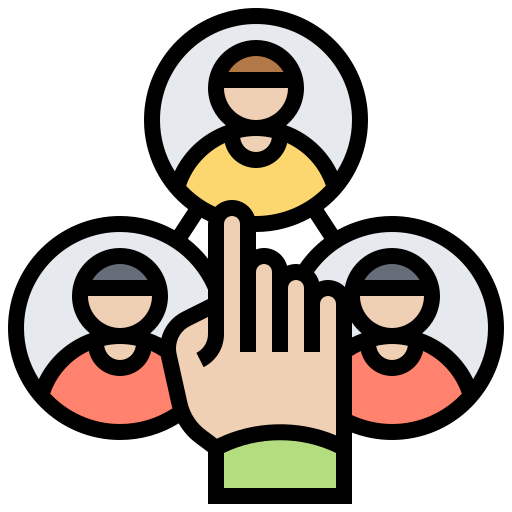
Lack of Delegations
Attempting to handle all tasks and responsibilities independently can lead to overwhelm,
inefficiency, and decreased job satisfaction. Failing to delegate tasks effectively can
result in burnout, missed deadlines, and suboptimal outcomes for both individuals and
the
organization.
To address this issue, individuals can identify tasks that can be delegated to others
based
on expertise, availability, and workload capacity, and communicate expectations clearly
to
ensure successful completion. Employers can also promote delegation as a leadership
skill
and provide training and support to help employees develop effective delegation
strategies
and empower team members to take ownership of their responsibilities.
Impact of Distraction in Work Environment
From notifications to social media, distractions make it hard for employees to focus and get things done. Let’s explore how distractions affect productivity, stress levels, and decision-making at work.
-

Decreased productivity:
Distractions in the workplace can significantly diminish productivity levels. When employees are constantly interrupted by emails, phone calls, or social media notifications, it disrupts their workflow and makes it challenging to concentrate on tasks. As a result, projects take longer to complete, deadlines may be missed, and overall output decreases. Even brief interruptions can have a lasting impact on productivity, as it takes time for individuals to regain their focus and momentum after being distracted.
-

Difficulty focusing:
Distractions create a barrier to maintaining focus on important tasks. Employees struggle to sustain their concentration on the work at hand. Constant interruptions disrupt the cognitive process, making it harder for individuals to delve deep into complex tasks or engage in creative problem-solving. As a consequence, the quality of work may suffer, and employees may feel frustrated by their inability to maintain focus despite their best efforts.
-

Increased stress:
The pervasive presence of distractions contributes to heightened stress levels in the workplace. Constant interruptions and the pressure to multitask create a sense of overwhelm among employees, leading to feelings of anxiety and tension.
Constant distractions make people feel tired and stressed out. Moreover, the fear of falling behind or making mistakes due to distractions adds to the overall stress load, further impacting employee well-being and morale. -

Poor decision-making:
Distractions impair cognitive function, making it difficult for individuals to make well-informed decisions. When attention is divided among various stimuli, critical thinking skills are compromised, and individuals may struggle to weigh options and assess consequences effectively.
This can lead to hasty or impulsive decision-making, as well as an increased likelihood of errors or oversights. In environments where distractions are prevalent, the ability to make strategic and informed decisions becomes undermined, potentially hindering organizational success and progress.
Strategies to Avoid Distractions
-

Time Management Techniques
Effective time management techniques play a pivotal role in combating distractions and enhancing productivity in the workplace.
One popular method is the Pomodoro Technique, which involves breaking work into intervals, typically 25 minutes each, separated by short breaks. This structured approach helps individuals maintain focus and manage their time efficiently by working in short bursts and taking regular breaks to recharge.
Another valuable technique is the 1-3-5 rule, which involves prioritizing daily tasks by selecting one major task, three medium tasks, and five small tasks to accomplish each day. By setting clear priorities and breaking down tasks into manageable chunks, individuals can stay organized and focused on what matters most, reducing the likelihood of getting derailed by distractions.
Additionally, you can make use of a time tracking software which helps in automated time tracking. With offline time tracking and idle time tracking, you can analyze the time you spend on various tasks and help boost your productivity. -

Create a clean and organized workspace
Creating a clean and organized workspace is essential for minimizing distractions and fostering productivity. Here are some simple steps to achieve this:
Clear Clutter:
Start by decluttering your desk and removing any unnecessary items. Keep only the essentials within reach to avoid visual distractions. Adopt the minimalist approach to keep the place clean.
Organize Supplies:
Arrange your office supplies such as pens, papers, and stationery in designated containers or drawers. This makes it easy to find what you need when you need it.
Manage Cables:
Keep cables and cords neatly organized and out of sight. Use cable organizers or clips to prevent them from tangling and creating a messy appearance.
Create Zones:
Designate specific areas for different tasks, such as a writing area, computer area, and reference area. This helps mentally separate tasks and maintain focus
-

Turn off notifications
Turning off notifications is crucial for improving focus and productivity
Minimizes Distractions
By eliminating interruptions from emails and apps, you can concentrate better on your tasks
Promotes Deep Work:
Without notifications, you can engage in deep work, leading to better results on complex projects
Reduces Multitasking:
Turning off notifications encourages focusing on one task at a time, improving efficiency and accuracy.
Manages Stress:
Eliminating constant alerts helps establish boundaries between work and personal life, reducing stress and promoting balance.
-

Scheduled Email and Social Media Time
Designate specific times during your day for checking emails and social media. By doing this, you can avoid constantly being pulled away from your tasks to respond to notifications.
For example, you might schedule 15 minutes in the morning, afternoon, and evening to check and respond to emails and messages. Outside of these scheduled times, refrain from accessing your email or social media accounts to maintain focus on your work. -

Noise-Canceling Headphones:
Invest in noise-canceling headphones to create a distraction-free environment, especially in open-office settings or noisy environments. These headphones use technology to block out background noise, allowing you to concentrate better on your tasks without being disturbed by surrounding sounds. Whether you’re working on a deadline or need to focus on a complex project, noise-canceling headphones can help you maintain your concentration and productivity.
-

Communicate With Colleagues About Your Focus Time:
Inform your colleagues about your designated focus time to minimize interruptions and respect your productivity hours. Let them know when you’ll be most focused and unavailable for non-urgent matters, such as during deep work sessions or when working on critical projects. Encourage colleagues to communicate important information or requests outside of your focus time or to use alternative channels such as email or messaging. By setting clear boundaries and communicating effectively, you can create a supportive work environment that encourages productivity and respects individual focus needs.
In Conclusion
Wrapping up, workplace distractions can wreak havoc on productivity, focus, and overall well-being. From constant notifications to cluttered workspaces, these distractions can derail even the most dedicated employees. However, by implementing effective strategies and techniques, individuals and organizations can minimize distractions and create an environment helpful for productivity and success. Ultimately, by addressing common workplace distractions and implementing proactive solutions, individuals and organizations can unlock their full potential and achieve greater levels of productivity and success.
FAQ
1What are the major distractions at the workplace?
Major distractions in the workplace can include:
- Social media usage
- Email and messaging notifications
- Noisy coworkers or surroundings
- Multitasking Personal phone calls s
- Meetings and interruptions
- Internet browsing unrelated to work
- Hunger or fatigue
- Personal worries or stress
- Lack of organization or unclear prioritie
3What is a workplace distraction?
A workplace distraction refers to any interruption that diverts an individual’s attention away from their primary tasks or responsibilities. These distractions can be both internal (such as personal thoughts or worries) and external (such as noise or interruptions from coworkers).
3 How can I reduce my distraction at work?
To reduce distractions at work:
- Prioritize tasks.
- Set clear device and social media boundaries.
- Create a quiet workspace.
- Manage device notifications.
- Take regular breaks.
- Practice time management techniques.
- Stay organized with to-do lists.
- Communicate availability expectations.
- Seek support from managers or HR if needed.
2How do distractions affect productivity?
Distractions can significantly impair productivity by:
- Breaking focus and concentration
- Interrupting workflow and task completion
- Increasing errors and mistakes
- Decreasing overall efficiency
- Wasting time on non-essential activities
- Contributing to stress and frustration
- Impeding creativity and problem-solving abilities
- Delaying project deadlines and goals
